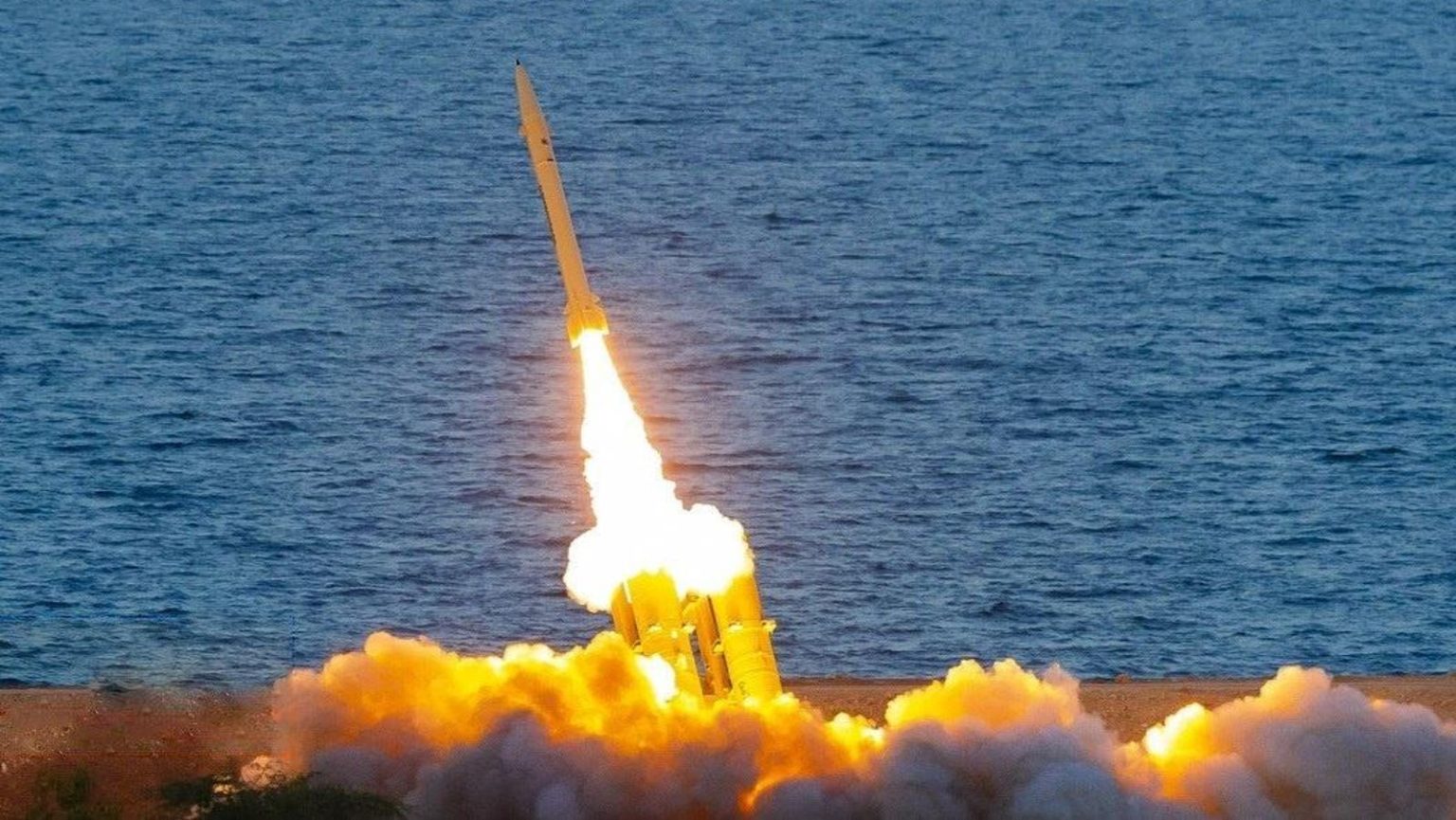For two years, Tehran and Moscow negotiated a transfer of Iranian ballistic missiles to Russia to boost Russia’s ongoing bombardment of Ukraine. On Sept. 4, the first batch of 200 Fath-360 missiles finally arrived in Russia via the Caspian Sea.
The Iranian missiles represent a “dramatic escalation” of Russia’s 30-month wider war on Ukraine, U.S. Secretary of State Antony Blinken said.
But it could’ve been worse. The Fath-360 is a small, short-range missile. And 200 missiles isn’t a lot of missiles in a Russian strike campaign that, since February 2022, has flung around 10,000 missiles and thousands of explosive drones at Ukrainian cities.
And there’s a good chance the Fath-360 deal backfires on Russia. It could be the final straw for Ukraine’s allies, who have so far barred the Ukrainians from firing their best American and European munitions at targets inside Russia. With the arrival of Iranian missiles in Russia, there are signs this could change.
The Fath-360 is a satellite-guided ballistic missile carried in packs of two, three, four or six by a six-by-six truck. Each round weighs 1,700 pounds and ranges as far as 75 miles.
To put the Iranian missile’s specifications into perspective, a Russian-made Iskander ballistic missile weighs 8,400 pounds and ranges 310 miles. One of Russia’s North Korean-supplied KN-23 missiles weighs 7,500 pounds and travels as far as 560 miles.
On the Ukrainian side, an M30/31 missile—the main munition for U.S.-made High-Mobility Artillery Rocket Systems launchers—weighs around 700 pounds and ranges around 57 miles. An ATACMS, which is also fired by HIMARS, weighs up to 3,700 pounds and ranges as far as 190 miles.
The Fath-360 isn’t in the same class as an Iskander, KN-23 or ATACMS. Instead, it’s essentially a slightly bigger, slightly farther-flying M30/31.
The Ukrainian army mostly aims its M30/31s at Russian targets along the front line: assault groups, regimental headquarters, small supply depots, bridges near the line of contact. For strikes on deeper targets in Russian-occupied Ukraine—airfields, air-defense sites and bigger supply depots—the HIMARS can fire the heavier ATACMS.
The Fath-360’s weight and range make it useful for front-line use or for the bombardment of cities close to the front. Ukrainian columnist Alexander Kovalenko predicted Russia “will use these missiles … for the terror of the near border zone, in particular, Sumy and Kharkiv regions.” He ruled out “some critical impact on the rear [of] Ukraine or the combat zone” resulting from Fath-360 raids.
All that is to say, the Fath-360 is no wonder weapon. And considering that Russia launches more than 300 missiles a month at Ukrainian cities, on average, the first 200 Fath-360s are too few in number to make a huge difference in the trajectory of the war—especially considering that Ukrainian air defenses typically intercept a quarter of incoming missiles.
Worse for the Russians, they may come to regret allying with the Iranians to slightly bolster their missile arsenal. The Russian-Iranian missile alliance could be the thing that finally convinces leaders in Washington, D.C. and London to allow Ukraine to use ATACMS and British-made Storm Shadow cruise missiles on targets deep inside Russia.
The allies’ restrictions on ATACMS and Storm Shadow are at the top of the agenda as U.S. Secretary of State Blinken and U.K. Foreign Secretary David Lammy travel to Kyiv on Wednesday to meet with Ukrainian president Volodymyr Zelensky.
No one is promising anything quite yet. But Blinken for one acknowledged that the arrival of those Fath-360s at least justifies another conversation about the restrictions. And he promised to be receptive to the Ukrainians’ arguments. “We’ll be listening intently,” Blinken said.
Read the full article here





